The Different Types of Toilet Brush Holders and How to Maintain Them
Contents
A toilet brush is a cleaning tool that most of us have in our homes. Although we use it on a fairly frequent basis, we don’t put too much thought into it until we need to buy a new one. It’s designed to clean the upper rim of the inside of a toilet bowl. It is generally used with a toilet bowl cleaner or bleach. A typical toilet brush usually features a rounded, stiff bristle end on one side and a long handle on the other side. It is usually made from plastic, however, nowadays you can find holders made from a range of other materials. For example, I’ve seen toilet brush holder Australia retailers offering models made of powder-coated steel, ceramic, rubber and wood.
There is no right or wrong choice when buying a toilet brush – it all comes down to personal preferences. I personally like toilet brushes that complement the bathroom’s decor but there are people who see these pieces as strictly utilitarian tools that should be seen only when used. If you are looking for a toilet brush to complement your bathroom decor, know that there are various options, designs and types available on the market. With the wide range of brushes and toilet brush holder Australia retailers offer, you might get confused about which one to choose when picking the right one for your needs. Here’s a bit of help on the matter.
Plastic Handle

Toilet brushes with a plastic handle are lightweight and inexpensive. But keep in mind that plastic is more likely to harbour germs than other materials. Plus, plastic tends to stain easily as it absorbs what it comes into contact with. If you decide to go with a plastic brush, make sure to clean your handle as well as your brush after each use. You can do this easily with an antibacterial cleaner.
Stainless Steel Handle
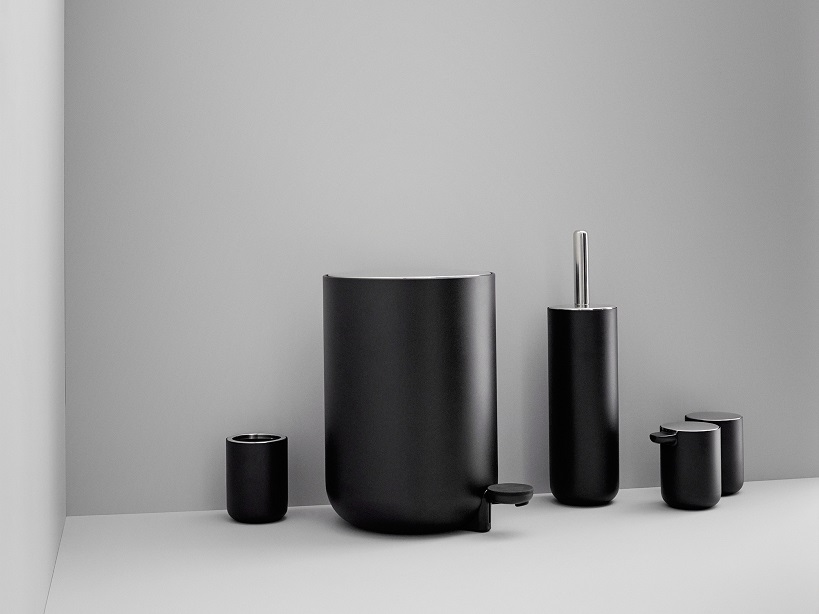
Stainless steel is easier to maintain clean than plastic. Washing it with soap and water is often enough to remove germs because the surface of stainless steel is smooth, without nooks and crannies for germs to hide. More durable than plastic, stainless steel also doesn’t have problems with staining. With minimal TLC, you will be able to keep your brush handle looking as good as new for a long time.
Wooden Handle
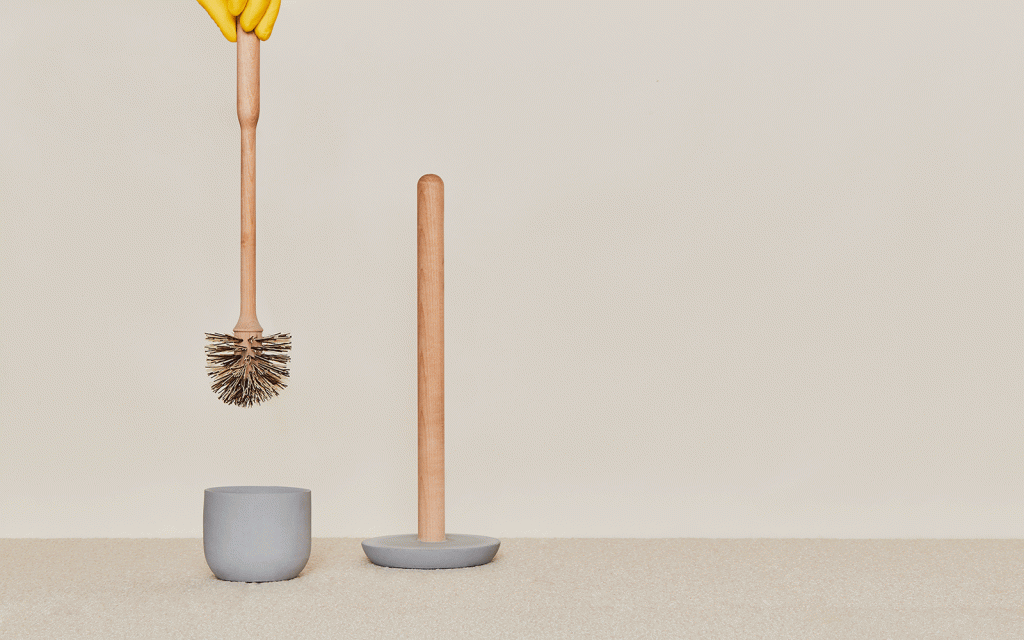
Wooden handles are the go choice for those who want a more natural look and also care about the environment. These pieces are often made from bamboo as this material holds up well in bathroom conditions like moisture and humidity. Some wooden handles are finished and some are not. Unfinished wood is not a good idea because it can pick up stains and bacteria. Even finished handles can get damaged by toilet bowl cleaners.
Anti-Slip Grip
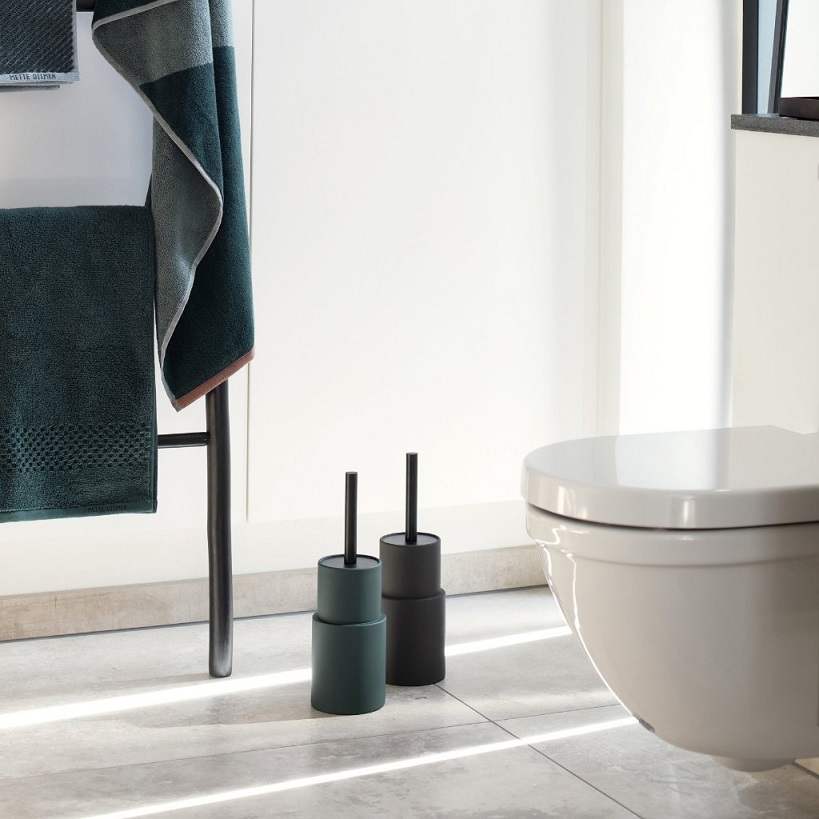
Brushes with a rubber finish can help you hold on to your brush while you’re scrubbing. They are more comfortable as well, particularly if you will be using one for a longer period of time. If you have several toilets to clean, you may want to consider this option.
Types of Brush Heads
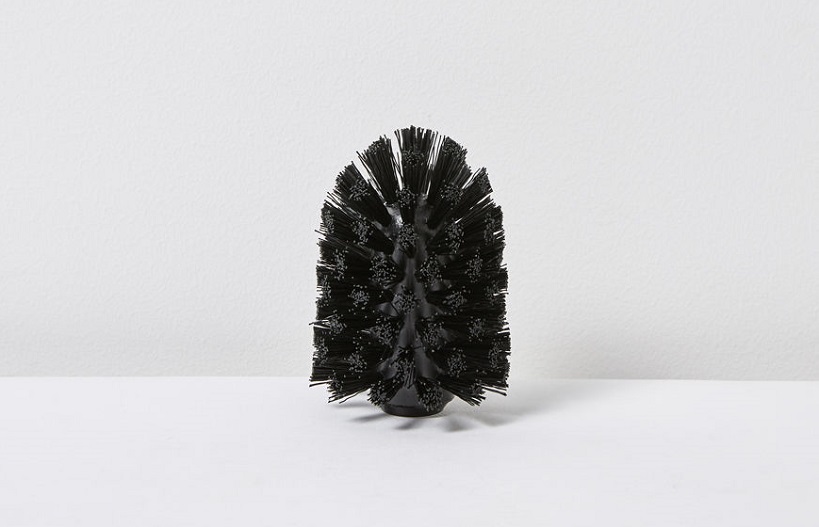
The most common type of toilet brush head is made from PVC. It can have a symmetrical rounded shape or an angled design. PVC bristles are effective at scrubbing away debris and getting into hard-to-reach areas like under the rim. Natural brush heads are also available and are a good option for environmentally conscious people. They are commonly made with coconut or other natural fibre attached to a bamboo handle. Natural bristles tend to be softer than PVC, which means more elbow grease will be required to achieve a sparkling clean toilet.
Toilet brush heads can also be symmetrical or angled. Symmetrical brush heads are round and have a uniform shape all around. They consist of lots of bristles and can be a little softer then angled brushes. They are very effective in cleaning hard-to-reach places and toilets that don’t have sharp angles. Angled brushes have an angled head and are stiffer than symmetrical brushes. They are not very convenient to use and lack flexibility, so getting into certain areas can be difficult. However, they are excellent for cleaning under the rim and can easily reach angled areas.
How Do You Clean a Toilet Brush?
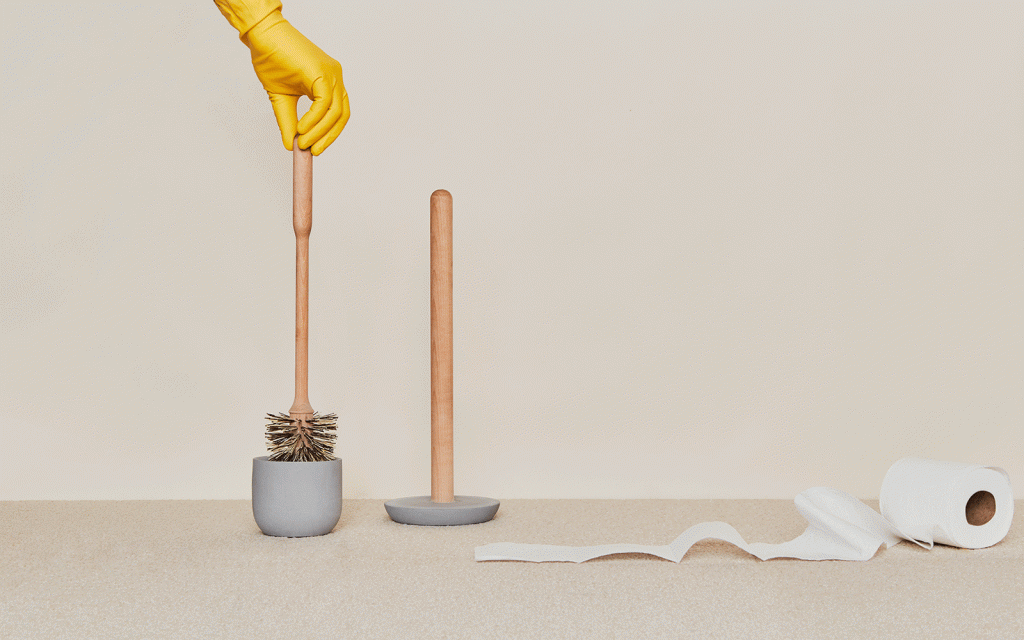
The best way to clean a toilet brush is to get a bucket and boiling water and add bleach. When doing this, make sure your window is open to avoid eye irritation. Also, use gloves to protect your skin while working with bleach. Put the brush in the water and leave it to soak for an hour. Leave the brush to dry. Next, get the holder and give it a good clean with a disinfectant spray. Rinse it with hot water and dry it with a paper towel. You should do this at least once a week to keep your toilet brush as hygienic as possible.



